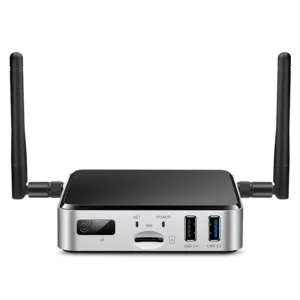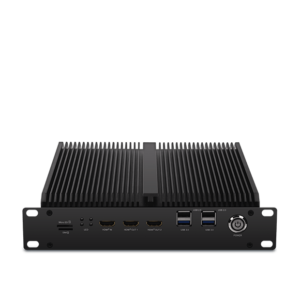AI on Side Units vs. Cloud AI: Benefits and Cons
AI on Side Units vs. Cloud AI: Benefits and Cons
Blog Article
Unlocking the Power of AI on Side Devices
Real-World Applications of AI on Side Products
Artificial intelligence (AI) is no further restricted to the realm of big, centralized knowledge centers. As a result of improvements in technology, edge units now play an integral role in deploying AI right where information is generated. But what does AI on edge units mean, and why is it creating such a hype? Here, we'll explore how edge ai solutions works in real life through side products and reveal their wide range of practical applications.

What is AI on Edge Products?
AI on side products refers to deploying synthetic intelligence calculations on units like smartphones, cameras, drones, or IoT sensors. These devices do not require usage of centralized hosts for handling information; alternatively, they accomplish examination and decisions locally, creating the method faster, better, and often more secure.
The "edge" here just identifies research performed near to or at the source of knowledge technology, in place of relying on the cloud. This change is driven by the requirements for real-time data processing and the necessity to reduce latency, increase solitude, and reduce bandwidth usage.
Crucial Real-World Applications of Side AI
1. Intelligent Monitoring
AI-powered cameras equipped with face acceptance, movement recognition, and anomaly recognition are transforming surveillance systems. Side devices in that domain can analyze movie streams in real-time to identify dubious actions, eliminate fake alarms, and enhance public safety. Like, AI methods may detect uncommon activities and alert authorities quickly without the necessity to send movie information to a main server for analysis.
2. Healthcare Checking
Wearable products and lightweight medical gear are leveraging ai m.2 module for handling wellness knowledge more efficiently. Edge-based AI in products like wellness trackers and smartwatches screens users' vitals, such as for instance heart rate, air degrees, or body stress, in real-time. These systems analyze information locally and offer immediate feedback, paving the way for quicker intervention during emergencies.
Beyond wearables, sophisticated medical imaging products designed with on-device AI may discover signals of conditions like cancer, enabling earlier in the day diagnoses even in remote areas without internet connectivity.
3. Autonomous Vehicles
Self-driving cars are among the most well-known examples of edge AI in action. With devices, cameras, and LiDAR methods serving as knowledge resources, AI computations get place onboard these vehicles to create split-second decisions. From detecting pedestrians and obstacles to moving city streets, edge AI assures that the automobile operates reliably and efficiently. The real-time processing capability of edge units removes the reliance on high-latency cloud systems, ensuring protection in life-critical scenarios.
4. Retail Analytics
Side products in retail situations are supporting firms analyze consumer behavior. Clever racks and AI-equipped cameras may detect customer tastes, check catalog, and also customize in-store experiences in true time. The information made from these devices assists suppliers make knowledgeable conclusions, increase customer satisfaction, and improve inventory management.

5. Commercial IoT
Factories and professional flowers are adopting side AI to revolutionize their monitoring and automation processes. AI-powered receptors on machinery detect possible defects long before they cause costly failures. Predictive maintenance driven by side AI reduces downtime, promotes output, and guarantees protection on the manufacturing floor.
6. Personalized Experiences in Consumer Units
Your smartphone is a primary exemplory instance of how edge AI personalizes consumer experiences. Characteristics such as for instance voice personnel, versatile camera options, and on-device language translation use real-time AI to react to user wants without giving sensitive and painful data to external servers. This fosters both ease and solitude for the conclusion user.
The Growing Impact of Edge AI
The ownership of AI on edge units continues to surge, driven by industries' increasing demand for low-latency, real-time research, and greater data privacy. Its applications are reshaping industries including healthcare and automotive to community security and retail. By adding AI's energy closer to where information is made, side devices aren't just improving efficiency but also demonstrating the unlimited potential of invention in the current attached world. Report this page